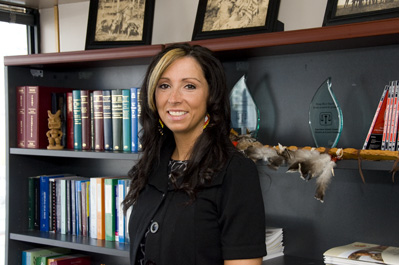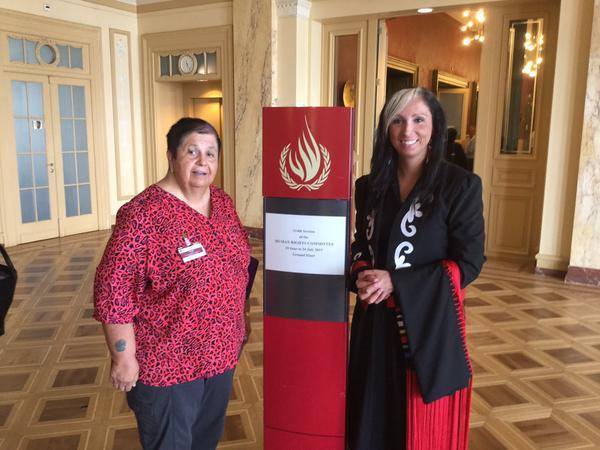Today, Conservative leader Andrew Scheer made the shocking statement that protestors and activists need to “check their privilege” and let people whose jobs depend on the railway systems get to work. In this case, it is Scheer who needs to check his own privilege. His comments appear to be racially motivated as the people occupying…
Continue reading…about Check your White Male Privilege Andrew Scheer



